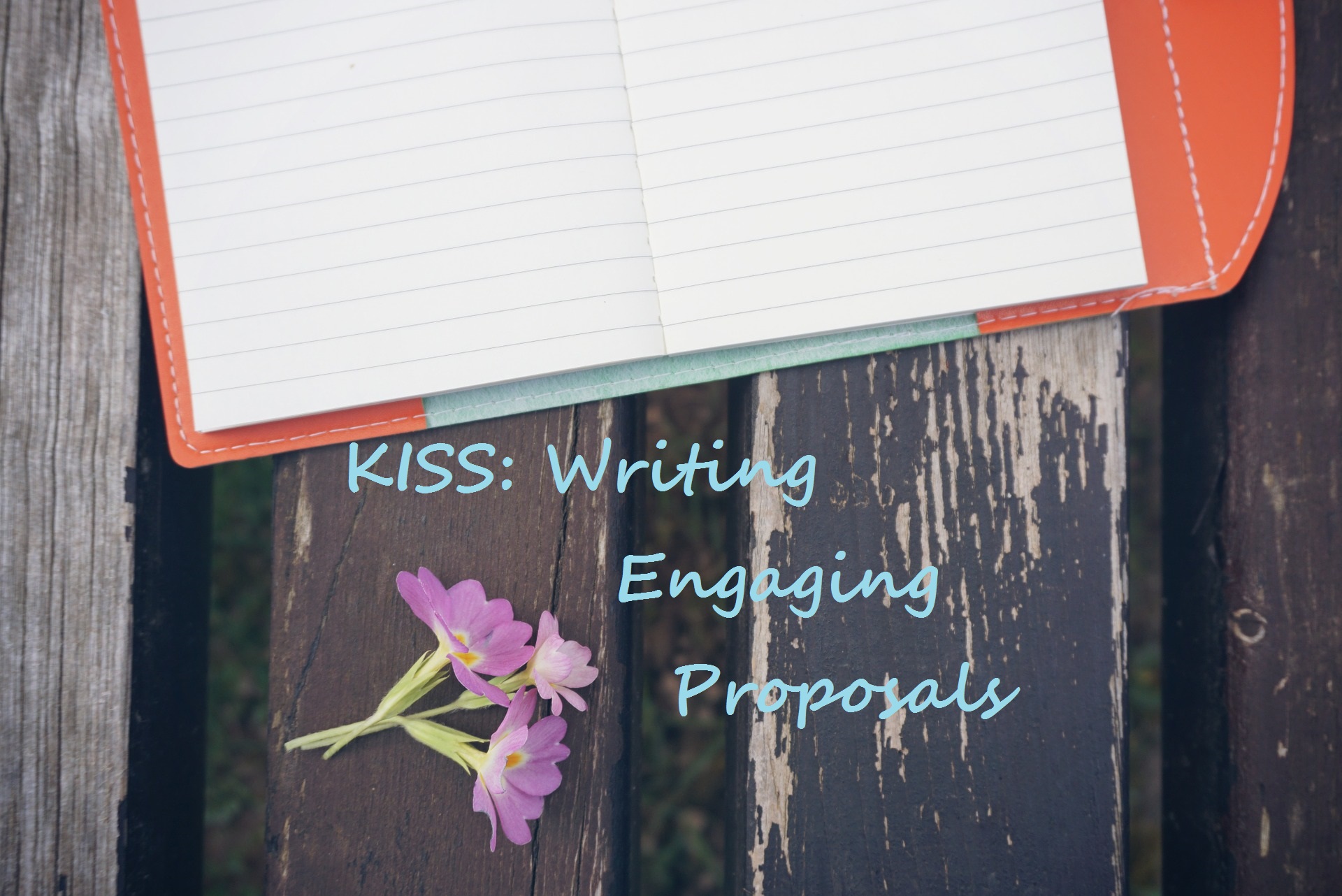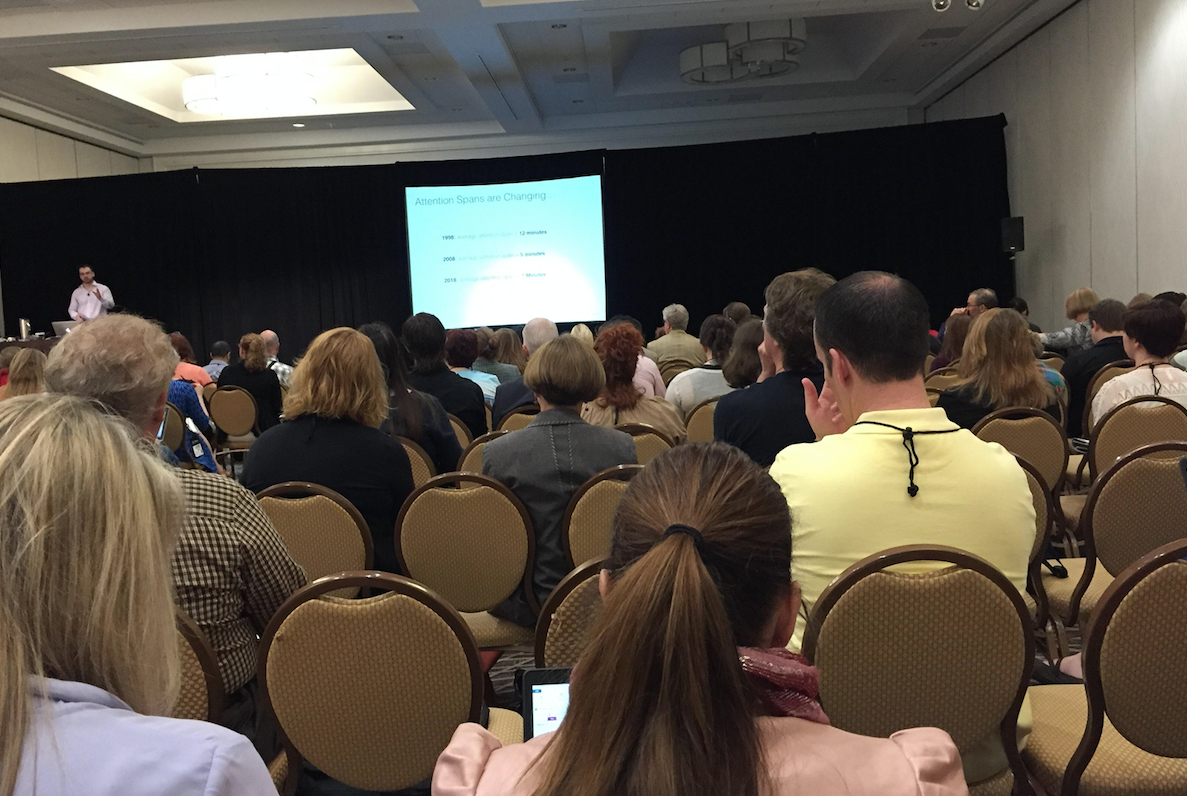
Flash Fiction Endings: Satisfy Me, Baby
Flash Fiction Endings: Satisfy Me, Baby By: Teddi Deppner In fiction, readers are looking for a vicarious experience. Every…
August 5, 2016
Flash Fiction Endings: Satisfy Me, Baby By: Teddi Deppner In fiction, readers are looking for a vicarious experience. Every…
August 5, 2016
Welcome, Jerry. We are honored to have you partner with us. Can you share a little about your recent book?…
August 1, 2016
Why Your Bio Isn’t About You by: Nichole Parks It’s not personal. It’s business. Think about it. A bio…
July 17, 2016Promote Your Book Like a Pro by DiAnn Mills Authors are in search of the holy grail of book…
July 16, 2016
by Leigh Powers The speaker lost me at the donkey. He was a charismatic, engaging speaker who made…
July 14, 2016
Angela Ackerman Your writing thesauruses are such a help to writers, how do you feel knowing that thousands of…
July 1, 2016
What is Middle Grade, Anyway? by Kelli McKinney When I tell someone I write middle grade fantasy, usually their response…
July 1, 2016Angela Ackerman is our Best Selling Author for the month of July. She has blessed us with some encouragement…
June 17, 2016
What is the title of your latest book, Morgan? Tainted. Please give us an overview. What Happens When Your…
June 15, 2016Can you share a little about your recent book – I just finished “Baby Girl” which is…
June 3, 2016
[author title=”Warren Adler” image=”http://https://www.almostanauthor.com/wp-content/uploads/2016/04/warrenadler.jpg”]Warren Adler has just launched Writers of the World, an online community for writers to share their…
May 1, 2016
How to Drive an Editor Crazy, Part 2 By Lori Hatcher I’m a magazine editor. Every day I receive…
January 18, 2016
Professional, friendly and witty are words I use to describe Lori. I met her at the Blue Ridge Mountain…
December 16, 2015
When I first heard the phrase, “Query letter” I was confused and embarrassed. I did not know what a…
September 18, 2015
Want a great investment idea for your writing career? Go to a Christian writers Conference. You will meet the…
July 18, 2015